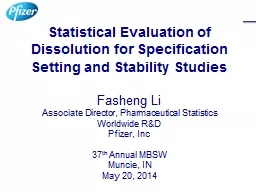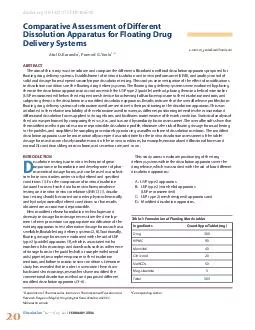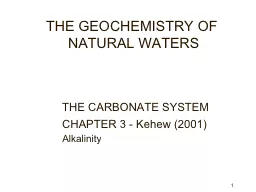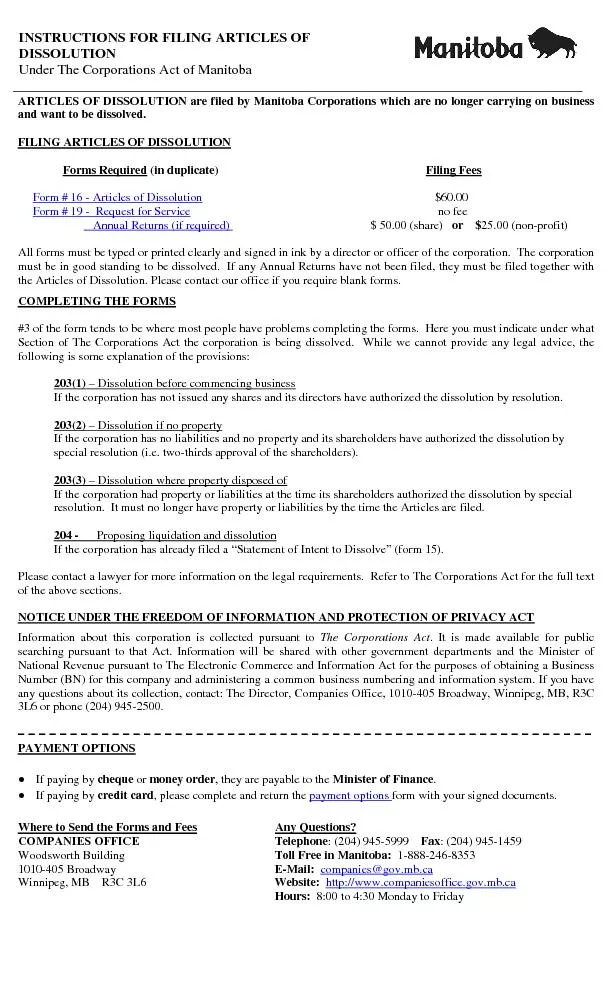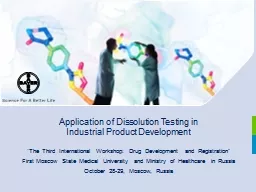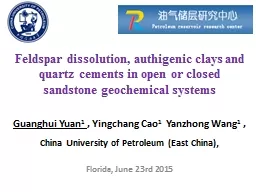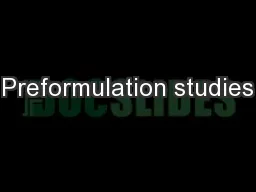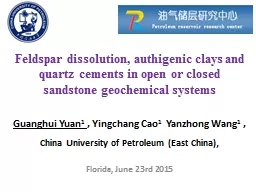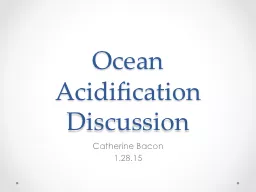PPT-Statistical Evaluation of Dissolution for Specification Set
Author : cheryl-pisano | Published Date : 2017-12-08
Fasheng Li Associate Director Pharmaceutical Statistics Worldwide RampD Pfizer Inc 37 th Annual MBSW Muncie IN May 20 2014 Dissolution routinely tested to provide
Presentation Embed Code
Download Presentation
Download Presentation The PPT/PDF document "Statistical Evaluation of Dissolution fo..." is the property of its rightful owner. Permission is granted to download and print the materials on this website for personal, non-commercial use only, and to display it on your personal computer provided you do not modify the materials and that you retain all copyright notices contained in the materials. By downloading content from our website, you accept the terms of this agreement.
Statistical Evaluation of Dissolution for Specification Set: Transcript
Download Rules Of Document
"Statistical Evaluation of Dissolution for Specification Set"The content belongs to its owner. You may download and print it for personal use, without modification, and keep all copyright notices. By downloading, you agree to these terms.
Related Documents

